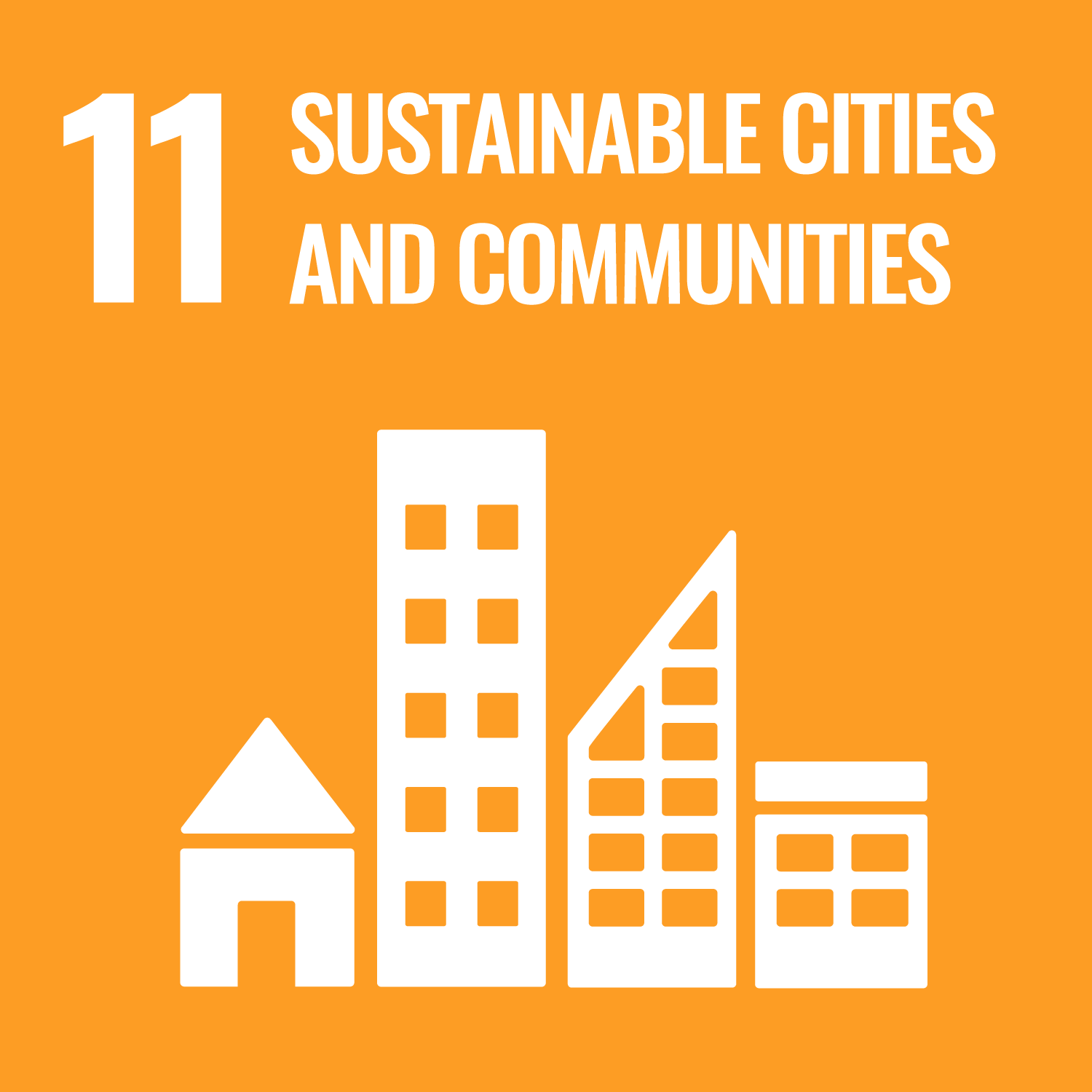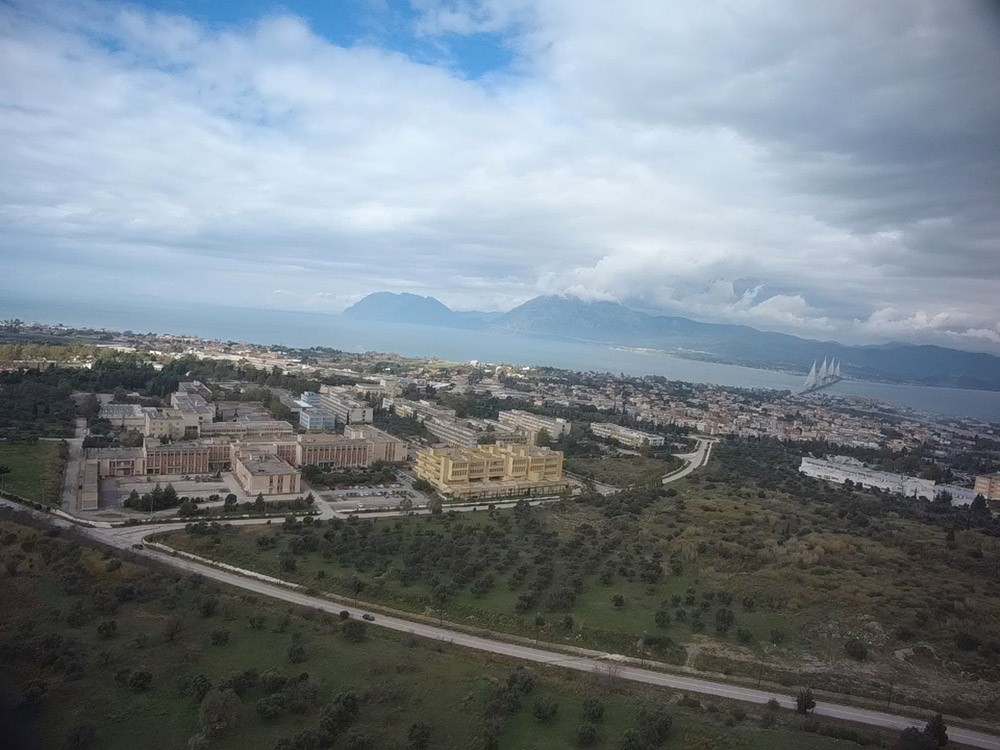11. Sustainable Cities & Communities
Under development
Data for the indicator 11.1 Research on sustainable cities and communities (11.1.1 Sustainable Cities and Communities: CiteScore, 11.1.2 Sustainable Cities and Communities: FWCI & 11.1.3 Sustainable Cities and Communities: publications) is being collected via Scopus.
11.2 Support of arts and heritage
11.2.1 Public access to buildings
The University allows access to its buildings, especially those of the Central Administration, the Museums and Libraries (as mentioned below), the Sports Facilities and the Conference and Cultural Center. Canteens and cafes of the University Campus are also accessible by the public.
11.2.2 Public access to libraries
Access to the University Library and its branches is open to the public for reading and studying. Any citizen can be registered to the Library, with an one-off fee, while unemployed citizens can issue a library card without any charge.
11.2.3 Public access to museums
Access to the University Museums, such as the Museum of Science and Technology, are open to the public. The Museums offer several programmes for schools of the Region and can be visited throughout the year.
11.2.4 Public access to green spaces
The University campus, which is the largest campus in Greece, is free to be accessed by everyone, especially by pedestrians.
11.2.5 Arts and heritage contribution
The Conference and Cultural Center hosts many public events, not only from the academic community, but from cultural organizations of the city, associations and clubs, etc. A list of the events that hosts can be found at http://www.confer.upatras.gr/eventsen.php. Furthermore, the University campus is decorated by several statues, sculptures and other artistic assets, photos of which can be found here.
11.2.6 Record and preserve cultural heritage
The University Library has digitized many cultural heritage collections. Among these one can found the digital collection "Daniilis" that publishes old literature and historic journals and newspapers from the wide Region of Achaia (in cooperation with the Municipal Public Library of Patras) and the digital collection "En Patrais" for the Industrial Archaeology of Patras on the Diogeneia platform.
11.3 Expenditure on arts and heritage
11.3.1 Arts and heritage expenditure
to be completed
11.4 Sustainable practices
11.4.1 Sustainable practices targets
The University redesigns the campus map to include new green zones (such as the side-urban park), planting and transplanting of trees, new green routes for pedestrians and cyclists, procurement of electric and conventional bicycles, creation of a parking base and photovoltaic charging system, etc., with the aim to provide quality living, sports and recreation to all members of the community.
The University promotes new energy sources, through the installation of charging stations for electric vehicles, as well as the reuse of energy sources by means of special chargers. Photos of these activities can be found here.
11.4.2 Promote sustainable commuting
Commuting to the University Campus is possible through local bus transportation (every five to ten minutes on peak hours) and the suburban train.
- Urban Transportation of Patras: Information about the bus routes
- Hellenic Train: information about the suburban train to the University and the University Hospital
The University also promotes the value of lifelong use of the bicycles in our daily life through organized bike rides in the Campus. A video from the local TV can be found below.
11.4.3 Allow remote working
Remote working is possible (special authorization is necessary). It should be noted that in special occasions (see for instance Covid Pandemic) remote working was exercised successfully in most functions of the University.
11.4.4 Affordable housing for employees
There is no policy, as there is no explicit need.
11.4.5 Affordable housing for students
The University is offering housing to all fresh students, either in its Residences, or in Hotels in the city center. In the Student Residences also stay all who are eligible based on financial criteria (low income students). New Residence buildings are being built.
11.4.6 Pedestrian priority on campus
There are sidewalks all over the campus and many routes to walk from one building to the other.
11.4.7 Local authority collaboration regarding planning and development
to be completed
11.4.8 Planning development - new build standards
The environmental upgrade of buildings and infrastructure through targeted actions to reduce resource consumption, in order to minimize the environmental footprint. Five buildings have already been energy upgraded, while two more have been included in the “Eco – Economy” program.
11.4.9 Building on brownfield sites
There is no such need, as the University Campus is built on a new


